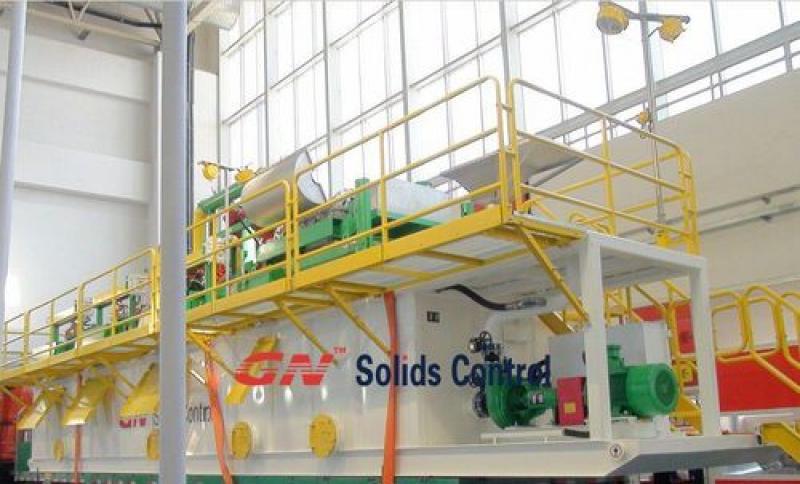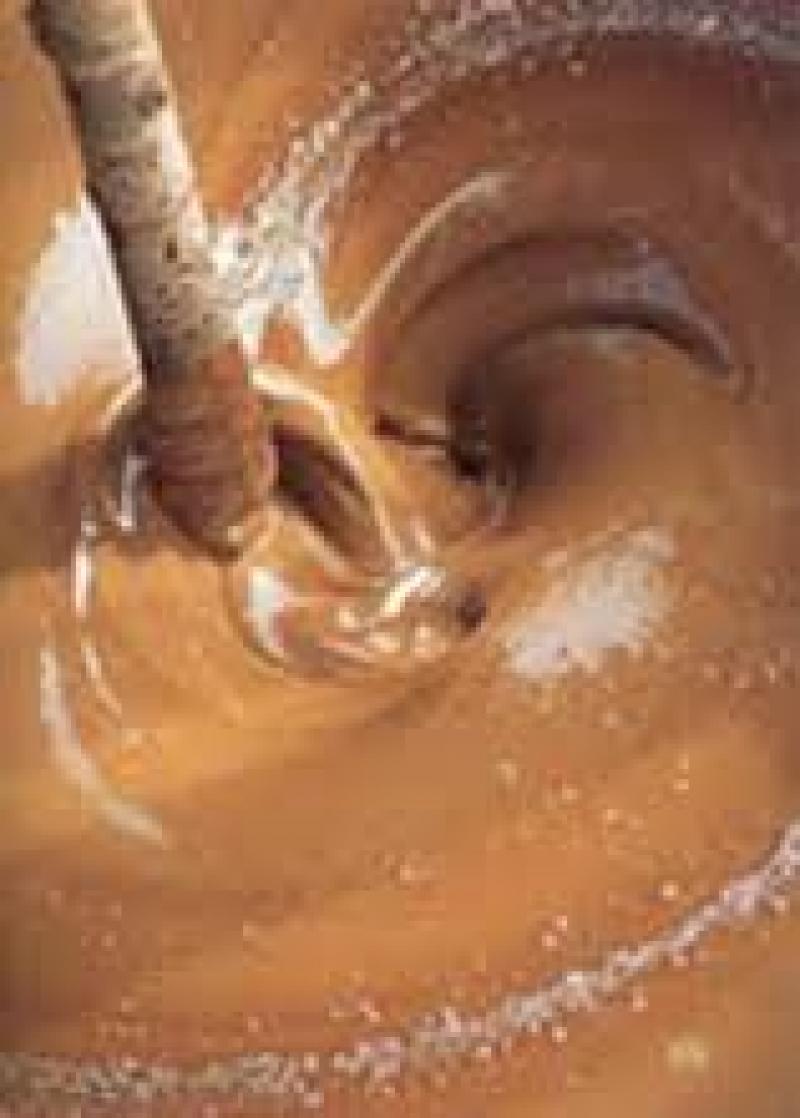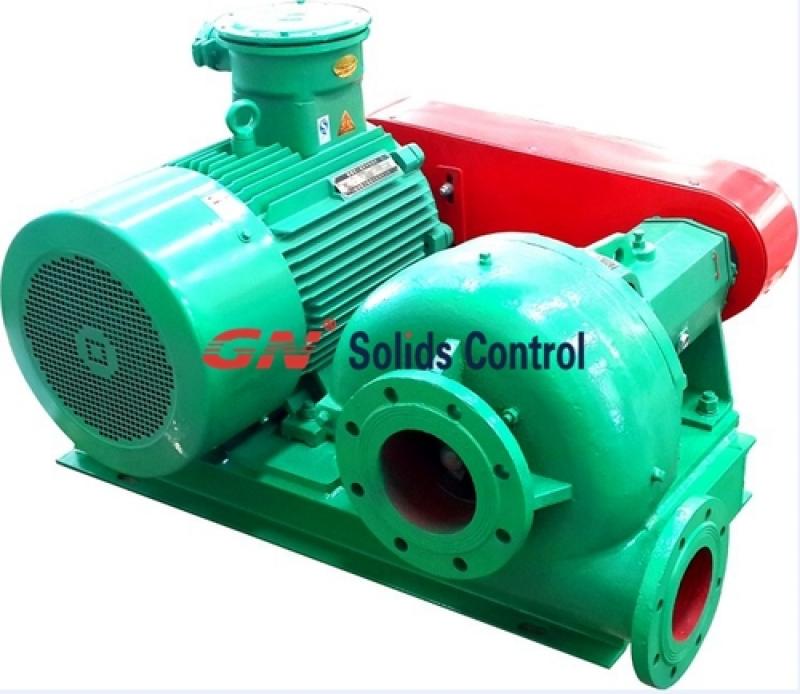GN Solids Control is China leading manufacturer on mud solids control and drilling waste management system. They have experience on oily sludge separation. Recently, there are customers request V-bottom mud mixing tank for soil and oil liquid. The soil and oil liquid will go into the tank and they are mixed
The output line from the tank is a screw type (screw conveyor), so it can deliver the settled solid particles. And the height of the end of screw is 3 meter. Finally, there should be a liquid pump to transfer the liquid to other tanks or equipment.
V-bottom Screw + Shiftless conveyor
1) Solid/liquid mixture will be go into the v-bottom screw.
2) V-bottom screw and shiftless conveyor are put together and have sealing for no liquid leakage
3) Solid will be taken out from bottom screw – shiftless conveyor – and be discharged
4) Liquid will be pumping out from the top or making a hole at proper elevation
GN Solids control can provide tank and augers to meet the required function.
Below is a draft proposal made for customer’s reference.
1) Height of tank (including V-bottom) : 1.8 meter
2) Width of tank: 2 meter
3) Length of horizontal auger in tank : 24 feet long ( 7.315 meter)
4) Length of tilt auger: 24 feet long (7.315 meter), with tilting angle between auger and horizontal level 25 degrees.
Customer is satisfied with the proposal and mentioned more request. They want steam heating system for the mixing tank:
– Steam injection nozzles (in this case, 2 nozzles each side (total 4 nozzles) can be installed and the nozzle would be positioned 0.5m from bottom)
– Wired screen (5 cm) on the top where operator pour the soil into the tank.
Per customer request, GN Solids Modification V-bottom Screw conveyor:
1. Steam injection line and nozzles inside
– steam injection line is split to two lines which are inserted into the v-bottom screw tank.
– 3 injection nozzles from each pipeline inside of v-bottom tank
– steam injection pipeline: 2 inch diameter (see picture below)
– no need of mixer inside





